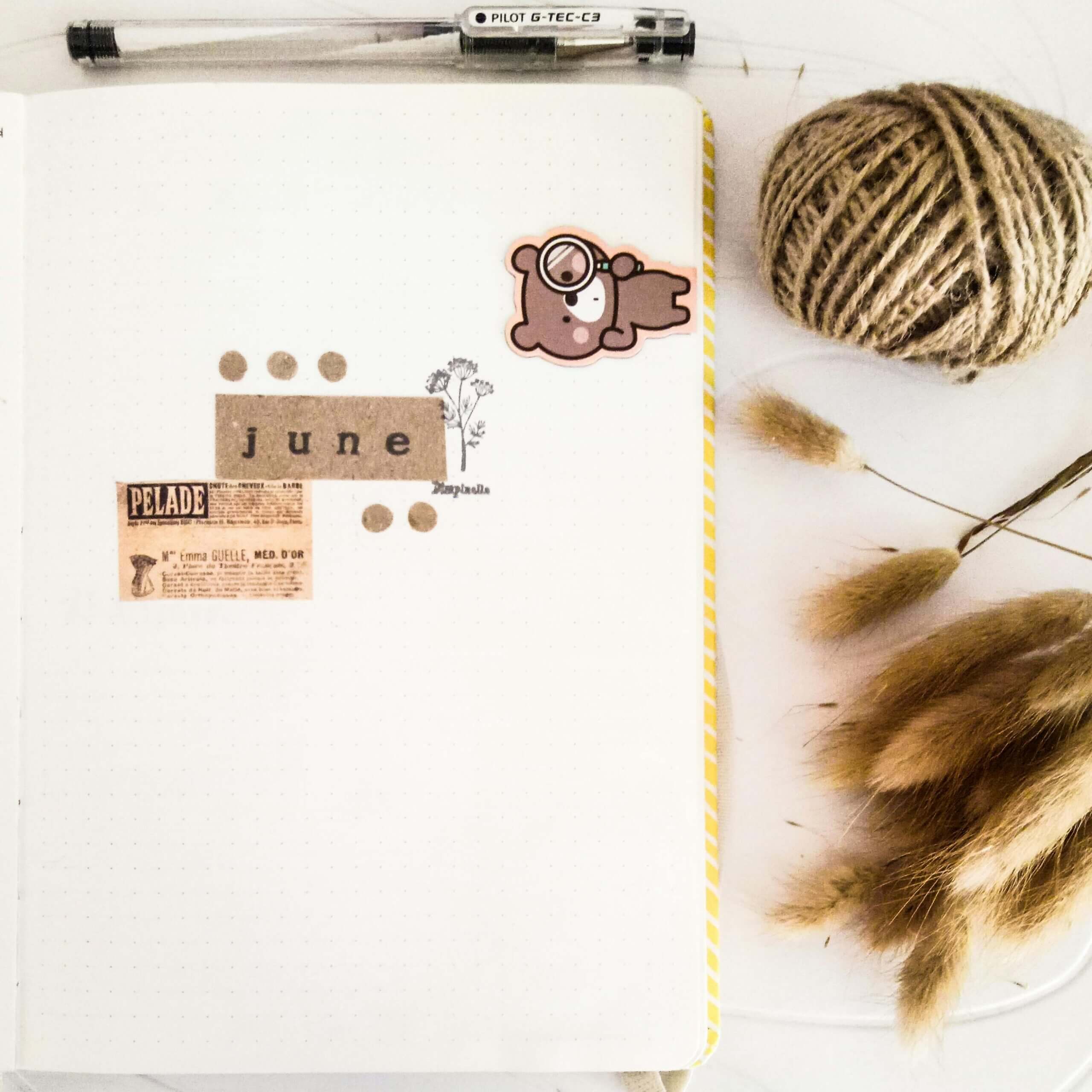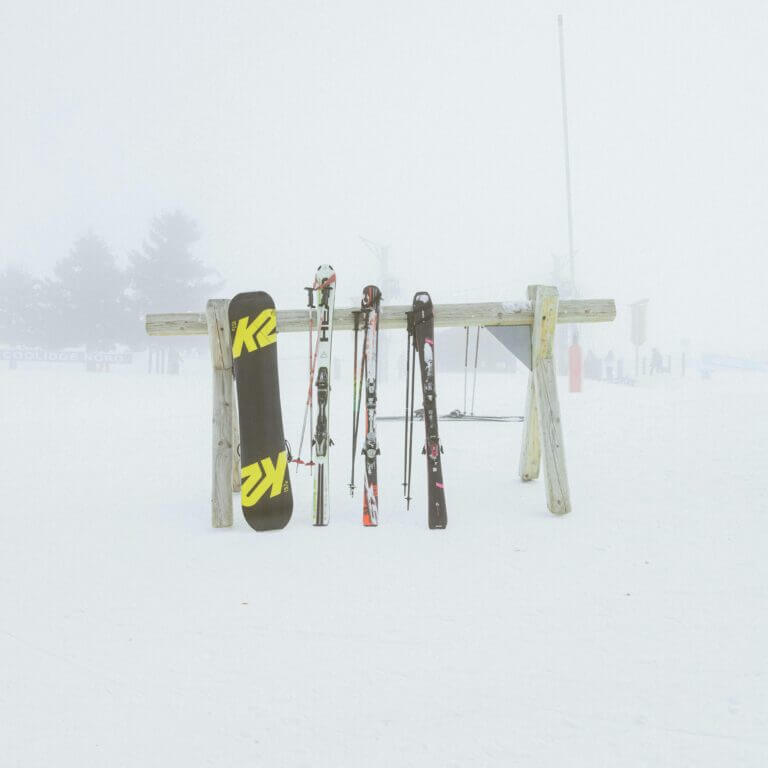Get Creative Outdoors – Art And Craft Activities For Kids
This guide will show you how to inspire your children’s creativity with outdoor art and craft activities. From nature-inspired projects to sidewalk chalk masterpieces, you and your little ones can explore new ways to enjoy the great outdoors while engaging in fun and creative projects. Discover simple and imaginative ideas to get your kids excited about crafting in the fresh air!
Key Takeaways:
- Encourage Nature Exploration: Engage kids in art and craft activities that involve using natural materials found outdoors, such as leaves, rocks, and flowers.
- Promote Creativity: Encourage children to come up with their own ideas and designs while participating in outdoor art and craft projects.
- Connect with the Environment: Help kids develop a deeper appreciation for nature by creating art pieces inspired by the outdoors and wildlife.
Preparing for Outdoor Art Adventures
How to Choose the Right Materials for Outdoor Art
The first step in preparing for your outdoor art adventures is selecting the right materials. Clearly, you’ll want to choose items that are portable, weather-resistant, and easy to clean up. Consider using materials such as watercolor paints, oil pastels, chalk, or clay that are suitable for outdoor use.
Tips for Setting Up a Safe and Functional Outdoor Workspace
When setting up your outdoor workspace for art activities, safety should be your top priority. Make sure to choose a flat and stable surface to work on and provide ample shade to protect against the sun. Additionally, organize your supplies in a way that prevents accidents and allows for easy access. Perceiving the importance of a well-organized and safe workspace will ensure an enjoyable outdoor art experience for you and your kids.
- Use non-toxic materials to ensure safety
- Secure loose items to prevent them from blowing away
Factors to Consider When Selecting an Outdoor Location
Choosing the right outdoor location for your art activities is crucial for a successful experience. Consider factors such as lighting, access to water sources, and proximity to restrooms. Outdoor locations with inspiring views or natural elements can also enhance your creativity and enjoyment. Perceiving the surroundings and atmosphere of the outdoor location will help you select the best spot for your art adventures.
- Ensure the area is free from distractions
- Consider the level of foot traffic in the area
Workspace
When setting up your outdoor workspace for art activities, it’s vital to create a comfortable and functional environment. Consider investing in portable tables or easels to work on, and bring along cushions or seats for added comfort. Perceiving the importance of a comfortable workspace will allow you to fully immerse yourself in your creative outdoor art projects.
- Keep your workspace organized and clutter-free
- Have a designated area for drying and storing artwork
Nature-Inspired Art Projects
How to Create a Nature Collage Using Natural Materials
Now, while exploring the outdoors, you can collect various natural materials like leaves, flowers, sticks, and stones to create a beautiful nature collage. Arrange the materials on a sturdy surface like cardboard or paper to form a unique design. You can also add elements like feathers or seashells to enhance your collage and make it more visually appealing.
Tips for Making Leaf Rubbings and Impressions
While out in nature, you can create leaf rubbings and impressions using leaves of different shapes and sizes. Place a leaf under a piece of paper and gently rub a crayon or pencil over it to reveal its intricate details. Experiment with different colors and textures of paper to create stunning leaf impressions that can be used for various art projects.
- Assume that the harder you press the crayon, the more defined the leaf impression will be.
Factors to Consider When Creating a Rock or Stick Sculpture
This allows you to express your creativity using natural materials in a mindful and sustainable way. It’s a great way to connect with nature and learn to appreciate the beauty of the outdoors.
- Knowing the balance and weight of the rocks or sticks you use can help you create a stable and visually appealing sculpture.
Outdoor Painting and Drawing
Not only is painting and drawing outdoors a fun and creative activity for kids, but it also provides a great opportunity for them to explore the beauty of nature and express themselves artistically.
How to Set Up an Outdoor Easel or Painting Station
Little artists will love having their own outdoor painting station. All you need is an easel or a sturdy board to attach paper or canvas to. Set up your station in a shady area to avoid glare, and make sure to have a supply of paints, brushes, and water for cleaning. Encourage your child to paint what they see in nature, whether it’s the trees, flowers, or the sky.
Tips for Using Watercolors and Other Outdoor-Friendly Paints
Now, when using watercolors or other outdoor-friendly paints, it’s important to remember to bring along a water container and a palette. Watercolors are perfect for outdoor painting as they dry quickly and are easy to clean up. After painting, you can simply let the artwork air dry in the warm sun. This activity provides a perfect opportunity for kids to explore their creativity while also connecting with nature.
Factors to Consider When Drawing Inspiration from Nature
This When drawing inspiration from nature, consider factors such as the colors, textures, and shapes you see around you. Look closely at the natural world and pay attention to the details in leaves, flowers, and the landscape. Knowing how to capture these elements in your artwork can help you create beautiful and meaningful pieces. You can experiment with different mediums and techniques to bring out the essence of nature in your drawings and paintings. Note, nature is your greatest muse, so let it inspire you to create art that is both captivating and unique.

Three-Dimensional Outdoor Art
All kids love getting their hands dirty and creating three-dimensional outdoor art projects. Here are some fun and creative ideas to spark their imagination and bring their artwork to life in the great outdoors.
How to Create a Miniature Garden or Terrarium
Miniature gardens and terrariums are great projects that allow you to design and create your own little world in a small space. Start by selecting a container, such as a glass jar or shallow pot, and gather tiny plants, pebbles, moss, and figurines to decorate your miniature garden. Layer the soil, plants, and decorations carefully to create a visually appealing scene that you can display outdoors.
Tips for Building a Fairy House or Miniature Structure
– Pick a location with natural elements like rocks and tree stumps to incorporate into your fairy house. – Use natural materials such as twigs, leaves, and bark to build the structure and add intricate details. – Consider the scale of your fairy house and choose appropriately sized decorations and accessories to complete the look. This is a great way to encourage imagination and storytelling in kids as they create their own magical outdoor space.
Factors to Consider When Working with Natural Materials like Clay and Mud
- Assume that the natural materials you collect may contain insects or critters, so inspect them carefully before use.
Clearly, working with natural materials like clay and mud can add a sensory element to your outdoor art projects. You can mold and shape the materials to create unique sculptures and artwork that reflect the beauty of nature.
- Assume that the texture, color, and consistency of natural materials may change as they dry or when exposed to the elements.
Materials like clay and mud offer endless possibilities for creative expression in the outdoors. Let your imagination run wild as you experiment with different techniques and forms to bring your artistic vision to life.
Outdoor Collaborative Art Projects
Once again, you’ve decided to get creative outdoors with the kids, and this time you’re exploring collaborative art projects. Working on art together not only fosters teamwork and creativity but also allows everyone to contribute their ideas and skills to create something truly unique.
How to Organize a Group Mural or Painting Project
On art-making day, gather the kids and explain the vision for the mural or painting project. Assign different sections or elements of the artwork to each child based on their interest or skill level. Provide plenty of art supplies and let their imaginations run wild as they work together to bring the project to life.
Tips for Facilitating Collaborative Art-Making with Kids
- Start by establishing a clear theme or concept for the collaborative art project.
- Set guidelines for how the kids can contribute to the artwork while still allowing for individual creativity.
One key tip for facilitating collaborative art-making with kids is to encourage open communication and active listening among the participants. This will help ensure that everyone feels heard and valued during the creative process.
- Knowing that every child has a unique perspective to offer will enrich the final artwork.
Factors to Consider When Encouraging Teamwork and Creativity
Group collaboration on art projects can teach children important skills like communication, cooperation, and problem-solving. When planning a collaborative art activity, consider the age and abilities of the kids, the size of the group, and the time and space available for the project.
Collaborative Art-Making
Collaborative art-making is a great way to build teamwork and foster creativity among kids. By working together on a shared project, children learn to respect each other’s ideas, compromise, and come up with innovative solutions to artistic challenges.
- Knowing that collaboration allows each child to contribute in their own way will lead to a more meaningful experience for everyone involved.
Kids’ Perspective
When engaging kids in outdoor collaborative art projects, remember to keep the focus on fun and creativity. Encourage them to experiment, take risks, and celebrate each other’s contributions. By creating together, children not only produce beautiful artwork but also develop important social and artistic skills that will benefit them in the future.
Overcoming Common Challenges
How to Deal with Inclement Weather or Other Outdoor Obstacles
Unlike indoor art and craft activities, outdoor projects come with the challenge of dealing with inclement weather or other obstacles. With a little bit of planning, you can still enjoy creative activities with your kids despite the conditions.
Tips for Managing Mess and Cleanup in Outdoor Art Projects
Pertaining to outdoor art projects, mess and cleanup can be a concern for many parents. This is where setting up a designated area for art activities can be helpful. Use washable paints and materials that are easy to clean up, such as water-based markers or chalk.
- Use old newspapers or a plastic tablecloth to protect the workspace.
- Encourage your child to wear old clothes or an apron to minimize stains.
On top of these tips, involving your child in the cleanup process can teach them responsibility and the importance of taking care of their environment.
Factors to Consider When Working with Children of Different Ages and Skill Levels
When planning outdoor art and craft activities for kids of varying ages and skill levels, it’s important to consider factors that can make the experience enjoyable for everyone. Think about how you can adapt the project to suit each child’s abilities and interests.
- Provide simple tasks for younger children to prevent frustration.
- Challenge older kids with more intricate projects to keep them engaged.
Obstacles such as attention span, fine motor skills, and artistic preferences can vary between children, so it’s important to tailor the activity to meet their individual needs.
To wrap up
On the whole, engaging in art and craft activities outdoors can be a fun and rewarding experience for your kids. Not only does it allow them to unleash their creativity and imagination, but it also helps them develop important skills such as hand-eye coordination, fine motor skills, and problem-solving abilities. Additionally, spending time outdoors can have numerous health benefits for your children, including reducing stress, improving mood, and boosting their overall well-being. So, the next time you’re looking for a creative and enjoyable activity for your kids, consider taking them outside for some art and craft fun!
Q: What kind of art and craft activities can kids do outdoors?
A: Kids can do a variety of art and craft activities outdoors, including painting, drawing, nature collages, rock painting, leaf rubbings, and outdoor sculpture-making using natural materials like sticks and stones.
Q: How can I encourage my child to be more creative outdoors?
A: To encourage your child to be more creative outdoors, you can provide them with a variety of art supplies, explore different outdoor environments like parks and gardens, and give them freedom to experiment and explore their creativity without too many rules or restrictions.
Q: Are there any benefits to doing art and craft activities outdoors?
A: Yes, there are many benefits to doing art and craft activities outdoors, including exposure to fresh air and natural light, opportunities to connect with nature, enhanced creativity and imagination, improved mood and well-being, and the chance to develop fine motor skills and hand-eye coordination through hands-on activities.







